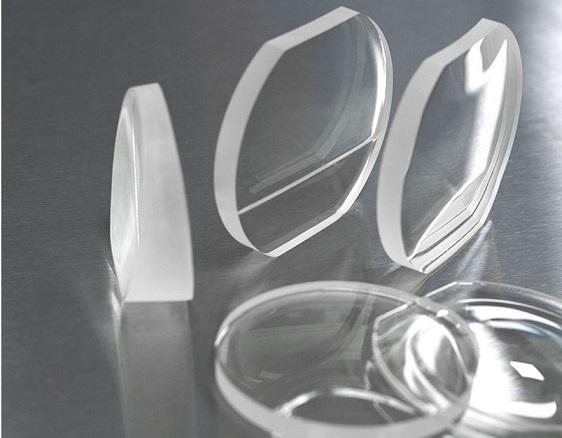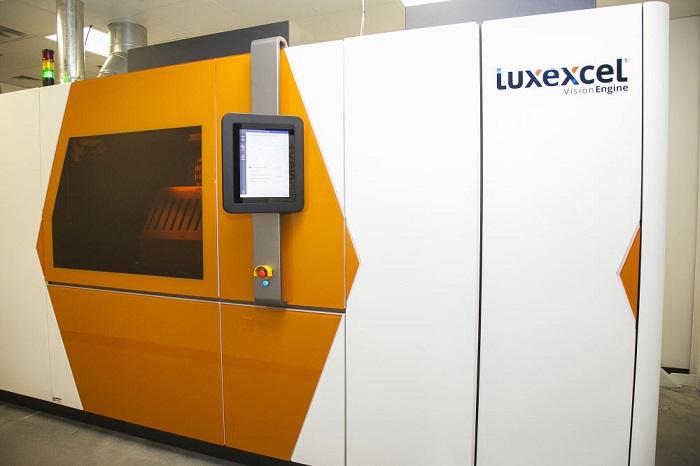- FMA
- The Fabricator
- FABTECH
- Canadian Metalworking
Our Publications
Categories
- Additive Manufacturing
- Aluminum Welding
- Arc Welding
- Assembly and Joining
- Automation and Robotics
- Bending and Forming
- Consumables
- Cutting and Weld Prep
- Electric Vehicles
- En Español
- Finishing
- Hydroforming
- Laser Cutting
- Laser Welding
- Machining
- Manufacturing Software
- Materials Handling
- Metals/Materials
- Oxyfuel Cutting
- Plasma Cutting
- Power Tools
- Punching and Other Holemaking
- Roll Forming
- Safety
- Sawing
- Shearing
- Shop Management
- Testing and Measuring
- Tube and Pipe Fabrication
- Tube and Pipe Production
- Waterjet Cutting
Industry Directory
Webcasts
Podcasts
FAB 40
Advertise
Subscribe
Account Login
Search
Luxexcel offers 3D printer for making ophthalmic lenses
- February 11, 2019
- News Release
- Additive Manufacturing
"Why 3D-print ophthalmic lenses?" the European machine builder Luxexcel asked.
Here’s the company’s answer: “3D printing allows for unique, customized lens designs, which is what prescription eyewear is all about. In addition, with 3D printing you will be able to finally add ‘smart’ to prescription lenses and (add prescription lenses) to all these AR and VR goggles that are coming out.”
Notable, too, is that additively manufacturing lenses consumes 80 percent less raw material than grinding them, Luxexcel estimates. (Some of the used material in subtractive manufacturing can be re-used, however, such as the heavy-metal alloy block that holds the lens during processing in the grinder and polisher.)
The Luxexcel VisionEngine is based on inkjet 3D printing. It builds lenses droplet by droplet from a liquid that the company sells. Small droplets are jetted to build the required lens shape. The 3D printing process creates a lens surface that’s smooth enough to require no post-processing, the company reports. This is made possible by applying extremely small droplets at a high delivery rate and allowing them to merge before curing.
Luxexcel, which is based in The Netherlands and has offices in Belgium and the U.S., claims it’s the only company in the world that sells equipment able to 3D-print ophthalmic lenses. It currently limits sales to ophthalmic laboratories.
- Podcasting
- Podcast:
- The Fabricator Podcast
- Published:
- 04/16/2024
- Running Time:
- 63:29
In this episode of The Fabricator Podcast, Caleb Chamberlain, co-founder and CEO of OSH Cut, discusses his company’s...
- Trending Articles
- Industry Events
16th Annual Safety Conference
- April 30 - May 1, 2024
- Elgin,
Pipe and Tube Conference
- May 21 - 22, 2024
- Omaha, NE
World-Class Roll Forming Workshop
- June 5 - 6, 2024
- Louisville, KY
Advanced Laser Application Workshop
- June 25 - 27, 2024
- Novi, MI


























